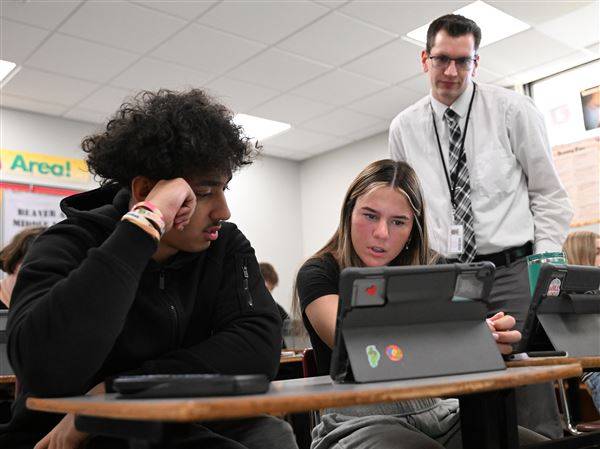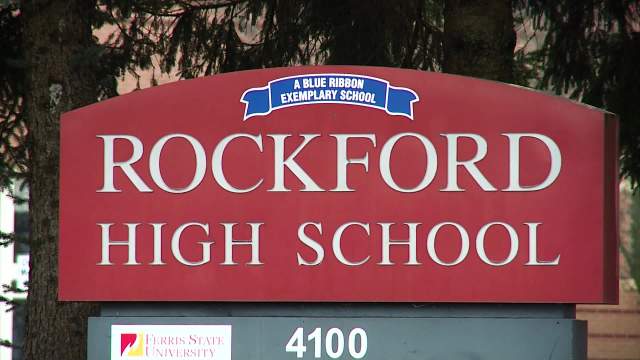Higher Education Funding Shifts in the Trump Administration’s Second Term
The Trump administration’s second term has brought significant changes to higher education funding policies in the U.S., impacting both students and institutions. Key programs like Pell Grants, Federal Work-Study, and Supplemental Educational Opportunity Grants provide crucial financial aid to students, though some face potential cuts due to Republican proposals.
Federal Budget Cuts and Policy Reforms
One of the most notable actions is the slashing of nearly $2 billion in funding for the Department of Education, alongside efforts to reshape the landscape of diversity, equity, and inclusion (DEI) initiatives. The Trump administration has also moved to cut funding for certain universities, citing issues like alleged failures to protect Jewish students from anti-Semitism and policies on transgender athletes.
Impact on Universities and Research
The suspension of federal contracts and research grants at institutions like Princeton University reflects this approach, affecting dozens of research projects across various government departments. Additionally, executive orders have tightened visa restrictions for international students, further impacting higher education.
Challenges for Smaller Institutions
These changes could have profound implications for smaller universities, which often rely heavily on federal funding. For example, Southern Illinois University faces significant financial challenges due to declining enrollments and state budget cuts, exacerbated by potential research funding reductions.
Future Outlook and Technological Integration
Looking ahead, it’s crucial to consider how these changes will evolve over time and impact the broader educational system. As technology continues to grow in importance in learning environments, ensuring access and equity will be vital. Visit Epochedge’s education section.
Meanwhile, the integration of emerging technologies in education may offer paths to innovation and resilience. Explore digital education trends.
Conclusion
In conclusion, while these funding changes create uncertainty, they also underscore the importance of adaptability and innovation in the face of shifting policy landscapes. As higher education evolves, embracing digital tools and fostering inclusive policies will be key to navigating these challenges. For more insights into how technology and policy intersect, visit Epochedge.









